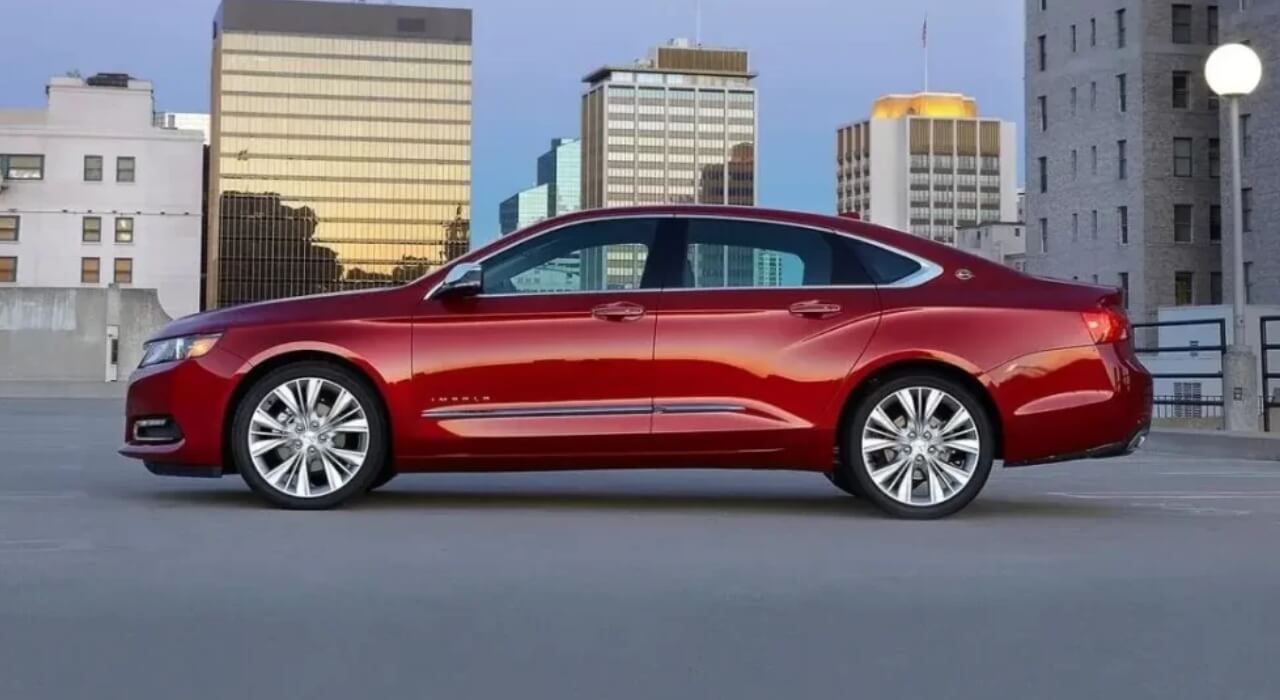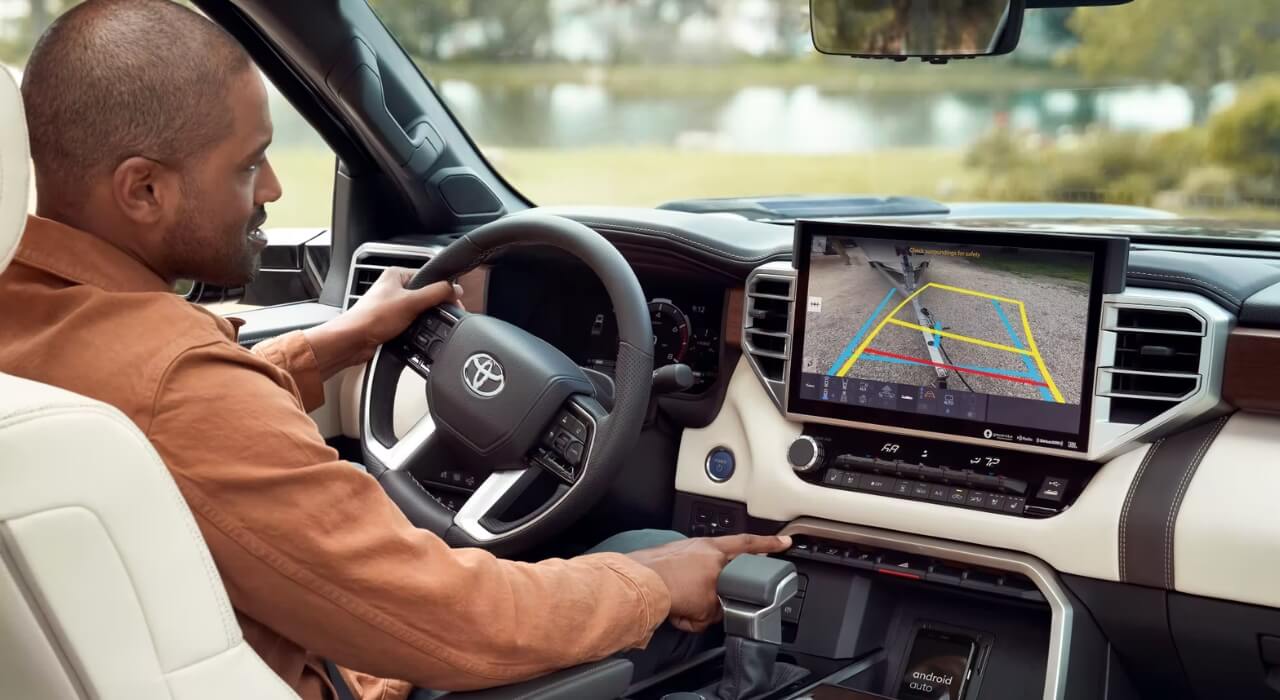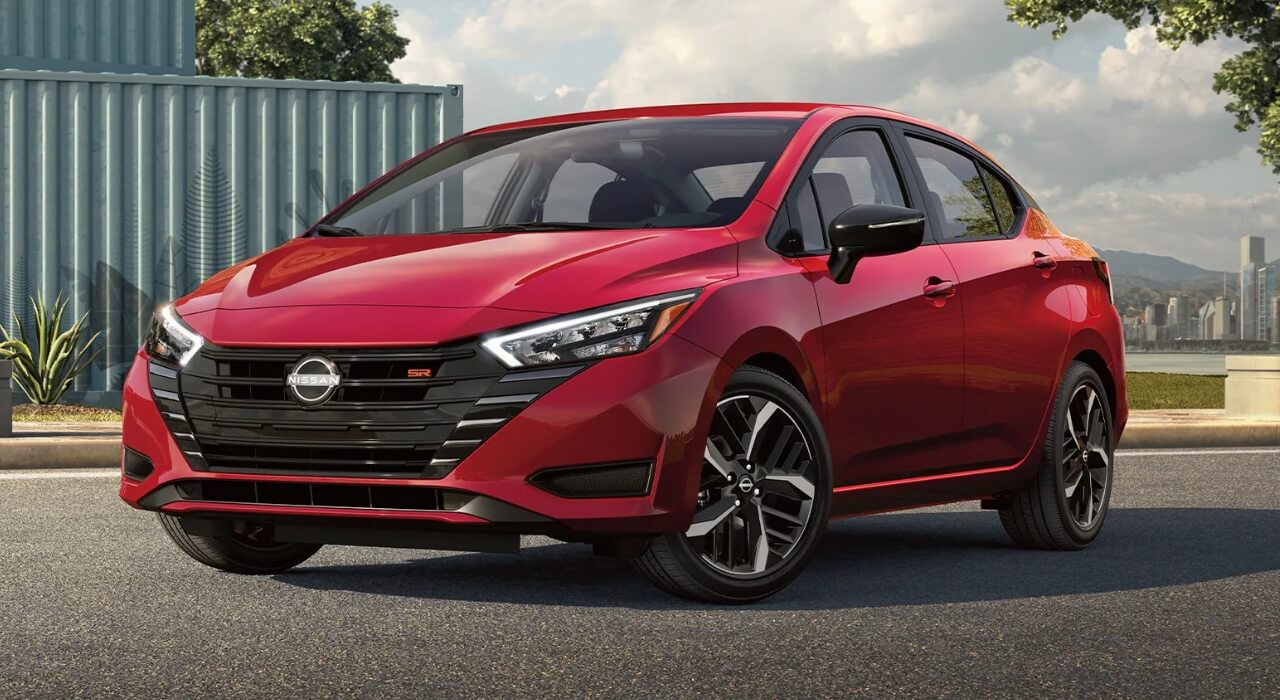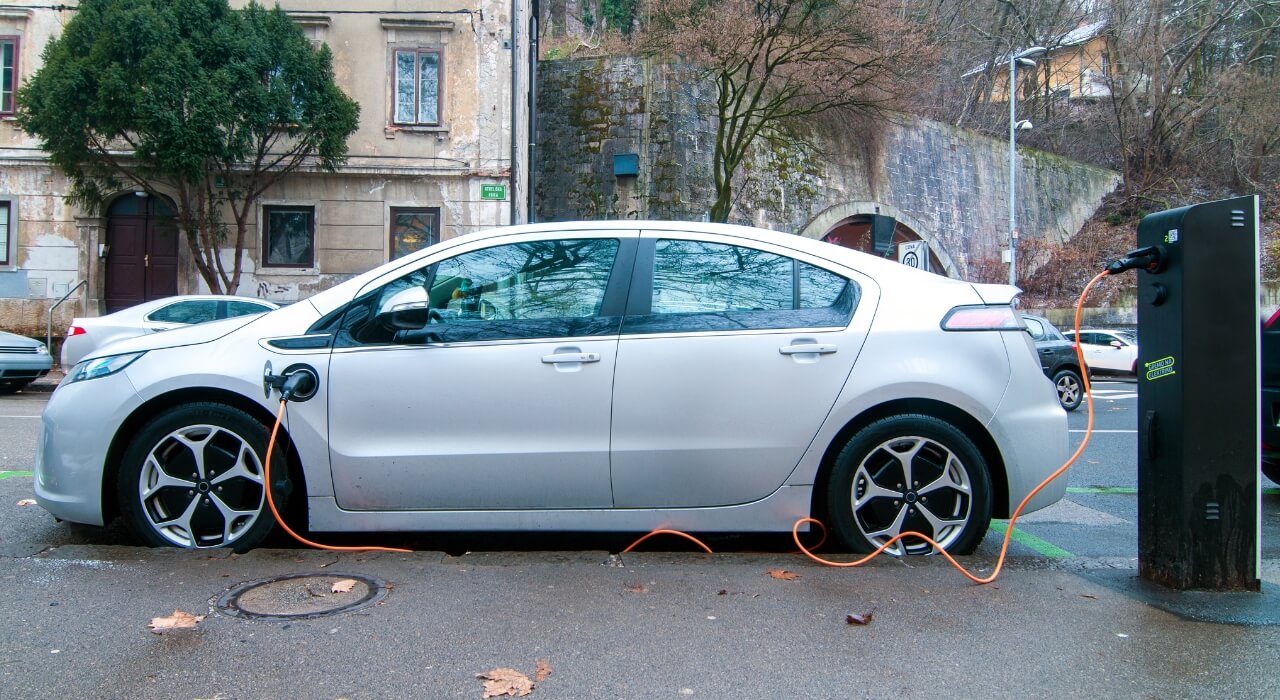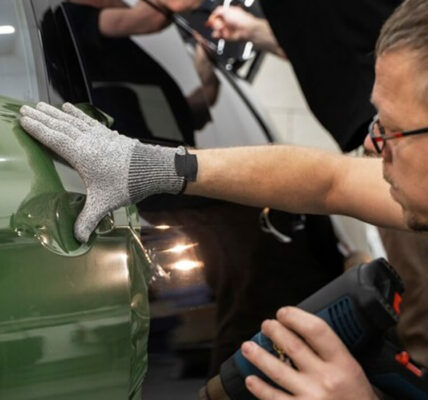If you are considering buying an electric car but are worried about how to maintain an EV battery, you have come to the right place. EVs are the rides of the future. With global warming and climate change, owning eco-friendly things has become necessary.
Automobiles are a necessity without which most people can not go by. So, auto manufacturers switching from gas-powered rides to electricity-powered ones is an excellent step toward achieving zero fuel emissions.
Electric vehicles are the best vehicles you can buy in current times. However, simply buying one is not enough. To ensure you keep your EV for a long period, you must know how to maintain an electric bike or car and take proper care.
To help you get answers to all such questions, today we bring you this guide. Here you will learn everything related to an EV’s battery, how to maintain, check, & charge it, and more. So, let us begin and answer all your EV battery-related queries.
What Type Of Batteries Do EVs Use?
Before we start explaining how to check and maintain ev battery health, you need to first learn what type of battery is in your vehicle. The type of battery that channels your vehicle makes a huge difference. The battery plays a crucial role in deciding an EV’s charging rate, driving range, and battery’s life.
Not only this but your safety inside your EV is also determined by the type of battery pack installed. Thus, every owner and interested buyer must know about different battery types before exploring ev battery maintenance.
Typically five types of batteries power electric vehicles. And to help you learn better, we have explained each of them in detail here:
– Lead-Acid Battery
The traditional type of battery used in automobiles forever is a lead acid battery. This type is found in most gasoline vehicles to ignite the engine. But other than this, they were also used in some of the earliest EVs in the 90s, like GM EV1.
However, in present times, lead acid batteries are not used by EV makers mainly because they are inefficient. They are highly susceptible to cold temperatures and not durable enough compared to other battery types. But they are cheaper.
– Nickel-Metal-Hydride Battery
The nickel metal hydride battery is the one that became the perfect alternative for lead-acid batteries in automobiles. Toyota RAV4 EV and Honda EV Plus are some of the early electric vehicles that use this type of battery.
However, despite being an excellent alternative to good-old lead acid batteries, this type did not become popular among EV makers. The primary reasons were it being inefficient at high temperatures and highly expensive. Also, this type of battery discharges faster than the other types.
Thus, nickel metal hybrid battery is primarily used in hybrid vehicles, not fully electric ones. Furthermore, this battery type is more durable even than the cult favorite lithium-ion batteries.
– Lithium-Ion Battery
Out of the car battery types, lithium-ion batteries are prevalent among automakers. They are lightweight, highly energy efficient, and more susceptible to high temperatures.
Also, this type of car battery takes longer to discharge than others. With lithium-ion batteries, an EV is bound to get an excellent range of more than 500 miles on a full charge.
But not all lithium-ion batteries are the same. Some come with a positive electrode made from cobalt, while others come with a positive electrode made with iron phosphate.
Also Check:
Out of the two, the former is a much better choice. But despite all the positives, lithium-ion batteries hold the biggest disadvantage of not being eco-friendly when disposed of.
In addition, mining the raw materials for the batteries can harm the environment to a great extent. The good news is that there are promising alternatives to lithium-ion batteries that are more eco-friendly.
– Solid-State Battery
Solid-state batteries are one of the best as they offer more power and are highly compact. The small size has more potential to store more energy, allowing them to provide more range. However, this type of battery is still under development. So far, they have not been used in any electric vehicle by any automaker.
But a few automakers like Toyota have announced that they are working on launching evs with this battery to make the experience smoother for the buyers.
– Lithium Sulfur
The final type of EV battery is the lithium-sulfur. They are another great alternative to expensive lithium-ion ones. These batteries are also said to offer more range than the popular ones, are cheaper to produce, and have less environmental impact, as per the European Commission.
The only reason lithium-sulfur batteries are not popular among automakers is that they have a short lifespan. However, work is still ongoing to find a way around this issue.
Explore The 10 Tips On How To Maintain An EV Battery In 2023 – EV Charging Best Practices
If you wish to know how to increase ev battery range, you must learn how to maintain it properly. The average life of any EV car battery is around ten years under normal circumstances where it is kept appropriately.
The clock of aging strikes the car battery’s longevity. However, several other factors like heat exposure, charging style, & more can impact the life of your battery.
Thus, before you run to buy yourself and your family a dream EV car like the 2024 Subaru Impreza, you should learn how to take better care of its most crucial part, also known as the battery.
In this section, we have the top nine maintenance tips for anyone who owns or is considering owning an electric car in 2023.
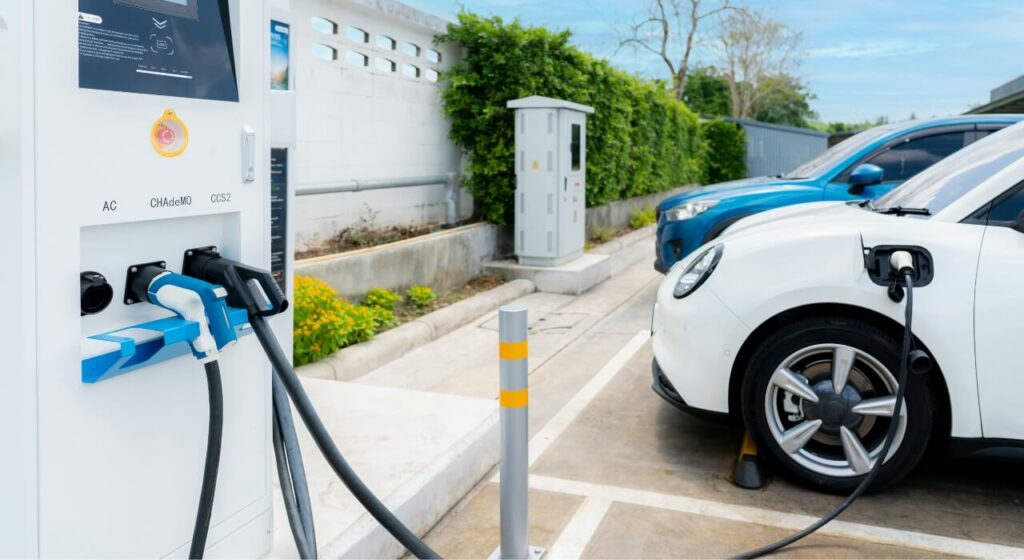
1. Avoid Draining The Battery
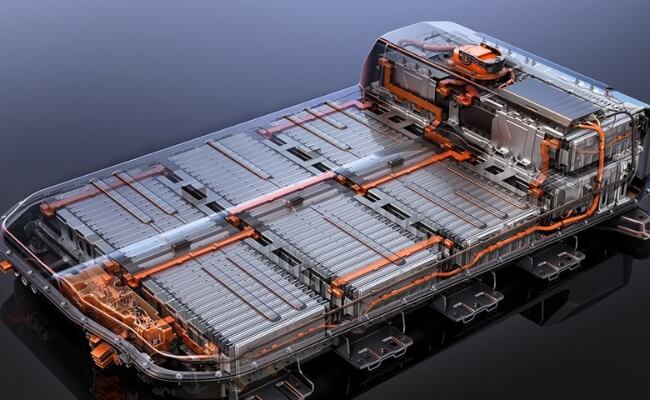
The foremost thing you need to know is to never consume your EV battery to the fullest. You should avoid running your car battery below 10%, and that too daily. The frequent deep discharging can damage your car battery to a great extent.
You may not be able to notice it immediately. Still, in the long run, you will replace your car battery way before the manufacturer’s suggested time.
2. Use Fast Charging Occasionally
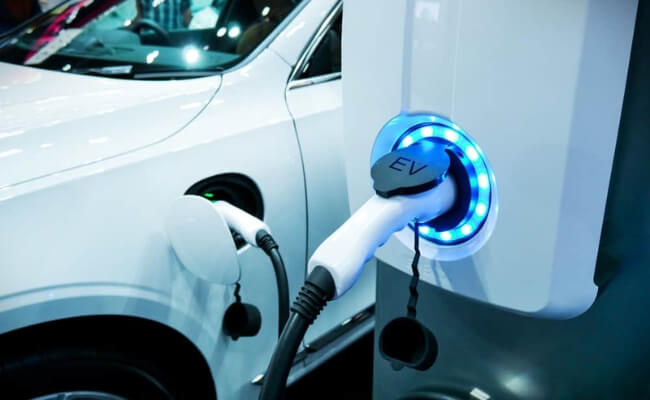
While fast charging, whether to your electronic devices or car battery, sounds excellent, it can ruin them long-term. You should go for fast charging ev battery only if your car battery is about to die, but other than that, there is no dire need for it.
Also Check:
Avoid frequent usage of fast charging systems. It is because, in the fast charging process, an extreme amount of current is pressed into the battery in a short time. This strains your EV battery and varies it faster. Noticing the degradation is hard, but simply understand that fast charging will affect your battery’s long-term performance.
For example, standard charging for ten years will give you more battery life than ten years of fast charging. Thus, go for standard charging as much as possible, as it is one of the most effective EV battery charging best practices.
3. Minimize Exposure To High Temperatures

It does not matter whether you are driving, charing, or parking your ride. You should always avoid its exposure to high temperatures. Exposure to extremely high temperatures is dangerous, especially when your ride is parked and unplugged.
So, always try to park in the shade or plugin so that its thermal management system functions only use the grid power. Also, your vehicle has an automated temperature control system that will needlessly drain your batteries if the temperature rises.
This self-drainage of the battery keeps the car battery’s temperature down and provides optimal efficiency. This feature works only when your ride is in operation. So, if you feel your ride requires more strength while driving, it is better to park in the shade and let it cool down.
4. Lower Your Maximum Charging Limit From 100%
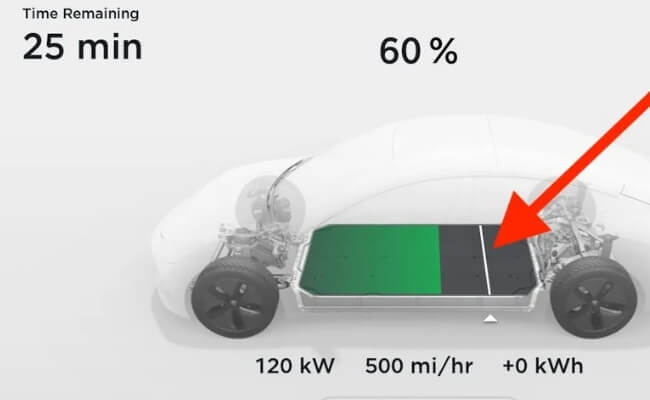
Keeping your EV battery to 100% gives you maximum operating time, but it is unsuitable for its lifespan. All electric vehicles come with a management system specially designed to prevent the vehicle from fully charging or discharging.
This is because charging your car battery frequently to 100% or discharging it to 0% will harm the battery in the long run. So, it is better to preset your vehicle’s charging between 20% to 80%. This range is ideal for most cars, especially the ones powered by lithium-ion batteries.
5. Avoid Heavy Acceleration

The best habit every driver, whether steering an EV or gasoline-powered ride, should have is driving at a constant speed. Abrupt acceleration or braking drains the car battery quickly, resulting in performance issues over a prolonged time.
Thus, driving at a constant speed at reasonable driving conditions will prevent fast battery discharging and avoid any long-term harm.
6. Always Prepare Your Ride Ahead Of Time

Another answer to your question about how to extend EV battery life is always keeping your ride prepared. No one can predict when they have an unpredictable issue at their doorstep, which requires them to take a road trip.
Also Check:
Such unexpected trips, for fun or work purposes, do not give you time to charge your ride correctly. It is better to keep your ride at the optimum battery level to avoid chaos at such times. Adopt the maintenance habit of recharging your EV in the evening and ensuring it never drains to low power levels.
7. Maintain the ideal charging range of your ride for longevity
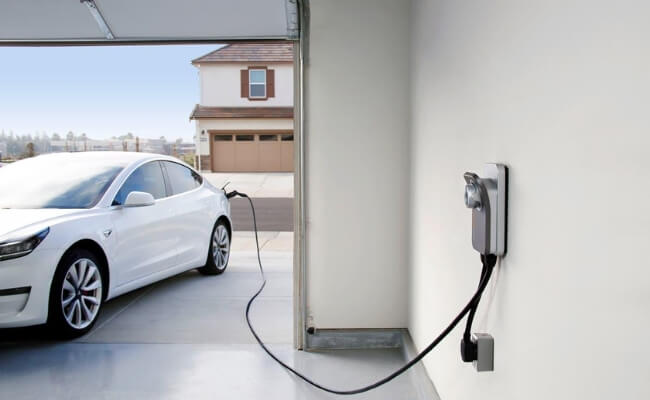
Ensure Your EV is Neither Fully Charged Nor At Low Charge Levels For Long Periods. One of the best ways to keep your car battery healthy is to use your EV within its performance limits.
Your EV battery begins to degrade when it frequently charges and discharges to 100%. This system, over time, makes your EV lose its efficiency and usable life.
Deep discharging has a damaging effect on the battery life. An EV that remains unused for a prolonged time is prone to severe battery issues, which can be dangerous on the road.
8. Avoid Frequent Overnight Charging
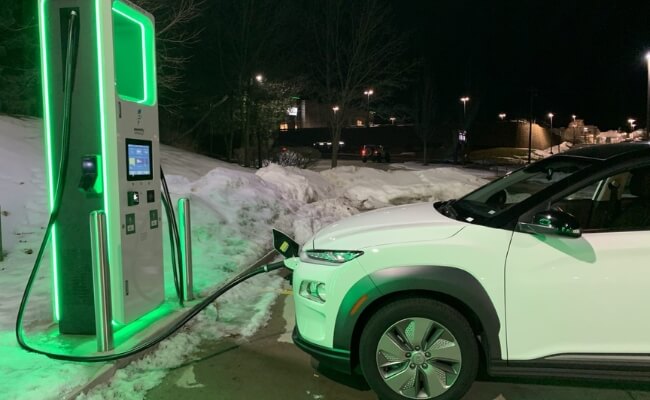
Overnight charging is not a bad thing for your EV battery. However, doing it frequently will degrade the overall lifespan of your battery. So, neither plug in your EV every night for charging nor charge it up to 100%.
9. Always Refer To The Owner’s Manual For Repair & Replacement Instructions
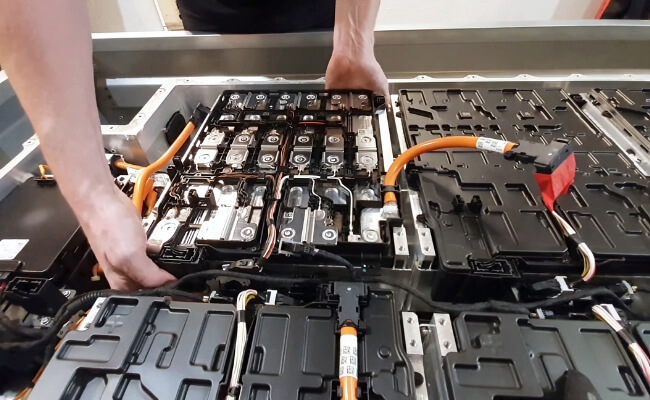
A few EVs, like the Tesla Roadster, offer a “‘storage” setting that helps maintain a lower level of battery charge and optimizes the life of individual battery cells. In many cases, you do not need to replace the entire battery but only its few individual weak cells. Replacing them can restore your battery to its normal condition.
Also Check:
You can check whether you need the battery replacement or cell replacement by referring to the owner’s manual of your ride.
Top FAQs About EV Battery Charging Best Practices
How Often Should I Charge My EV To 100?
Charging an EV to 100% is not ideal and is frowned upon by the experts. Sure, the full charge gives your ride a high-end power boost, but it is not healthy for your battery in the long run.
Juicing up your car to 100% once a month is more than enough. Anything more than that will cost you dearly.
So, set your ride’s maximum and minimum battery limit, which will assist you in keeping your ride for the long run.
The range of 20% to 80% is the ideal charging range for car batteries.
Do All The Electric Vehicle Batteries Behave The Same Way?
NO. How a battery behaves or performs depends not only on its composition but also on the vehicle in which it is used.
A battery might perform amazingly well with one car model but can perform poorly in another.
Several factors are at play. Thus, saying that all EV batteries are the same or behave the same would be completely wrong.
What is ev battery maintenance cost?
The EVs sure are costlier than regular gas-powered cars. However, when it comes to maintenance, there are not extremely expensive.
In most cases, maintaining an EV will cost as much as maintaining a gasoline ride.
On average, you will likely spend around $45 monthly or $550 a year for every 15,000 miles you have driven.
Based on this, an EV would cost you about $4,600 for its lifetime maintenance.
Is it possible to overcharge an EV battery?
YES. You can easily overcharge your EV battery, so you must be extremely careful during the task.
There are some EVs where you can set your charging limit, which will prompt you as soon as that battery level is reached.
Keeping the battery level above 90% and below 10% harms your battery in the long run. Thus, you need to be careful.
The upcoming EVs will be much smarter for such tasks and will be able to handle them more intelligently.
How to maintain your EV battery?
The best way to maintain an EV battery is to learn about it. First, learn what type of battery is used in the car you are interested in buying.
After this, learn how to take good care of a particular type of battery. Also, go for the manufacturer’s maintenance instructions, as they can help you dearly.
In addition, ensure you do not overheat the battery. Always ensure you do not overcharge or discharge your battery, and that too frequently.
Lastly, avoid keeping your ride idle for a long time.
Is low temperature bad for the batteries of electric cars?
The EV experts suggest that charging your ride in cold weather can shorten its life span and even hurt it, especially if the ride is parked out in the open.
Thus, the ideal way to charge your ride in cold weather is to drive it around to warm it up and then do the charging.
Charging your EV from a frozen state is not the best decision.
However, several EVs like Tesla models, Chevy Volt, and Jaguar I-PACE automatically heat or cool the battery to ensure its temperature is all good for safe charging.
Do EV batteries come with a warranty?
The battery is the most crucial component of an electric vehicle; thus, it comes with a warranty to assure the buyer.
However, the quality and terms of warranty differ from manufacturer to manufacturer. The car model and model year also play an essential role.
Eight years is the most common warranty term for EV batteries offered by the leading automakers in the USA. In comparison, some may extend it to up to ten years.
Several clauses are mentioned in the warranty under which your warranty is nullified or not applicable.
So, make sure you check all the parameters before the purchase.
Conclusion
EVs are the rides of the future. But to ensure you keep these expensive buys for a long time, you need to learn how to maintain an EV battery.
This EV maintenance guide explores the top nine ways owners can easily keep their EV battery in good health and prolong its life.







